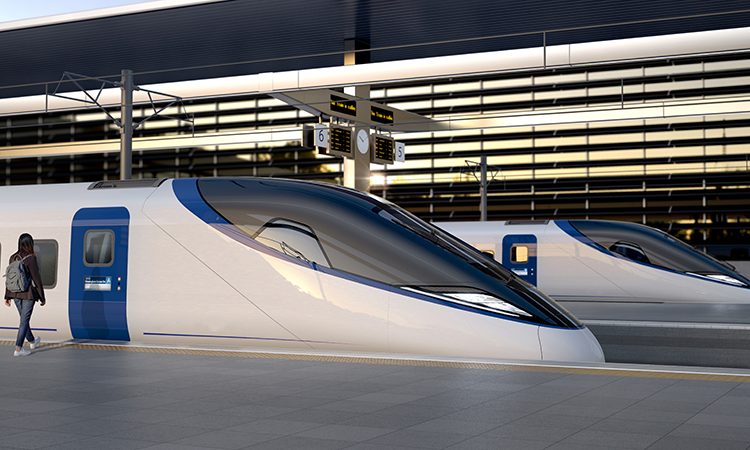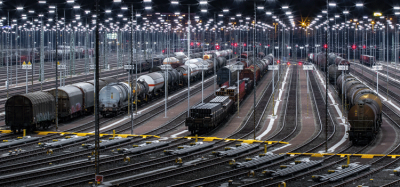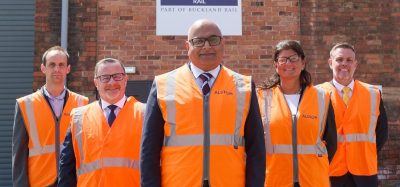HS2 to deliver seamless mobile coverage
Posted: 17 June 2022 | Elliot Robinson (Editorial Assistant - Global Railway Review) | No comments yet
HS2’s infrastructure has been designed to include technology which will offer passengers seamless mobile connectivity.


Credit: HS2
Passengers using Britain’s new high speed rail network will enjoy seamless mobile coverage delivering uninterrupted streaming and calls as trains speed through its tunnels, cuttings, and open sections.
From its earliest days of development, HS2’s infrastructure has been designed to include technology that provides seamless and uninterrupted passenger comms. In a step-change from the line-side railway signalling operated on the conventional network, HS2’s will be radio based. A sequence of masts sited at 2-3km along the route and radio feeder cables running the length of its tunnels. This infrastructure has been developed to also deliver mobile connectivity for passengers.
Both will be picked up by each train’s radio antenna as it traverses the new route at speeds of up to 225mph. The train’s onboard equipment will transmit the passenger signal throughout the train to help ensure a seamless connection. People using HS2 stations will also benefit from the same level of coverage.
Content you may also enjoy:
HS2 expands workforce to reach apprenticeship milestone
Start of work on pioneering ‘green tunnel’ announced by HS2
HS2 announce the start of construction on UK’s longest railway bridge
HS2 engineers believe that the train picking up the signal from the railway’s telecoms infrastructure is superior to just leaving it to passengers’ own mobiles and tablets to link with each passing mast, which could be prone to occasional dropouts, and also reduces bandwidth.
“The massive advantage of taking a clean sheet of paper and developing a new railway network for the 21st century, to operate in the twenty first century, is that we can build in the things people expect, like modern telecoms,” Richard Kirkham Head of Project Delivery for Communication Systems for HS2, said. “In practice that means HS2 tunnels, open route sections, stations and trains all include telecoms in their design specification, which enables the railway to operate as a single system. To accommodate fast moving mobile telecoms technology, we’ve designed HS2 to be flexible so that it can incorporate future generations as well as supporting earlier generations people will continue to use.”
HS2’s design has been developed to provide flexibility to support the full generational range of mobile technologies. A further benefit of HS2’s designers’ far-sighted approach will see the benefits of improved passenger connectivity potentially extend to areas along the route. That is because anyone’s device that can pick up the signal can use it.
Related topics
High Speed Two (HS2), Infrastructure Developments, Passenger Experience/Satisfaction, Station Developments, Technology & Software








